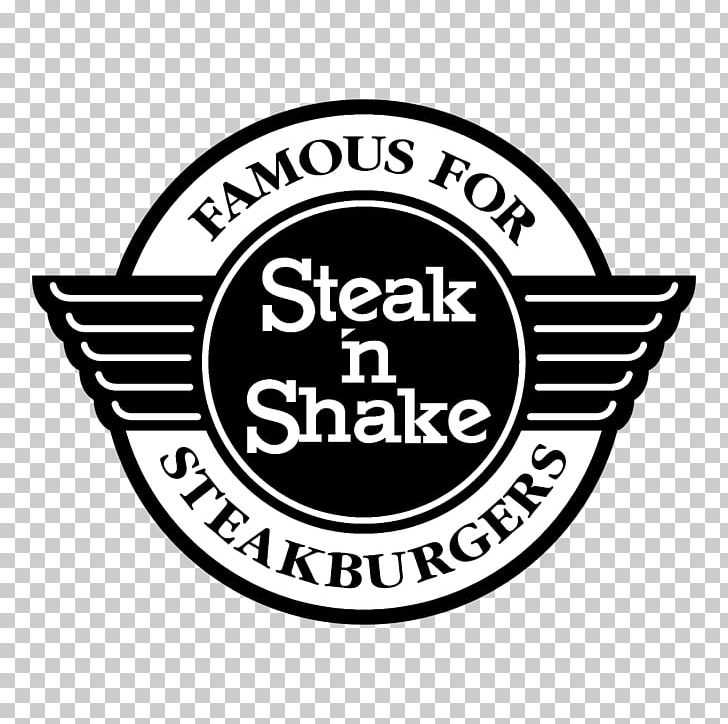Outback Steakhouse Franchise | Employee Retention Case Study (2025)
Outback Steakhouse Franchise: The commercial strategy that grew the business. Discover the business opportunity in Outback Steakhouse.
Table of Contents:
Today we have a pretty interesting Outback Steakhouse Franchise compensation plan for those franchisees or prospective franchisees that are looking to align the incentives, particularly with their general manager with the owner.
A New Approach Promotes Incentive Alignment to Improve Business Performance
Back in the ’90s, Outback Steakhouse Franchise revolutionized aligning the incentives of restaurant managers together with the corporation, the parent company.
They took a pretty unique approach and they saw the existing industry was not working. Restaurant managers would stay for as little as six months on average before going on to another restaurant in the same chain or leaving to another restaurant outside that corporation. That inefficiency and training the general manager and having a new general manager come in and not knowing the employees causes a lot of issues that ultimately affect the bottom line.
The Business Strategy that made Outback Steakhouse grow
The company asked the general manager to invest $25,000 in the store and have a commitment of 5 years. Where they’re going to be growing that store’s not only sales but also the profitability of that restaurant location. After five years, they can continue in that restaurant or they can move on to another restaurant. Also, potentially go on to manage multiple Outback Steakhouse restaurants.
The average manager went from making $60,000, $70,000 to $120,000 a year. This was possible because able to participate in 10% of the free cash flow that Outback Steakhouse Franchise was making. Also, they were rewarded stock options in Outback Steakhouse, the publicly traded company.
Outback Steakhouse Franchise – A True Leader in the Restaurant Space
It was a win-win for the restaurant manager, corporate, the shareholders of corporate, and everyone that wanted to drive sales, open up more locations. This not forget about the locations that Outback had previously opened up. And ensure that the top-line revenue continued to increase alongside the operating profit and incentivizing that general manager to take ownership in the business.
The general manager at Outback Steakhouse spent 10 times as much time as the average general manager in their restaurants. And with that, Outback Steakhouse has been able to grow quite a lot. Even internationally, they have some markets where they’re doing billions of dollars in sales. And that has propelled them to be the business that they are now.
Compensation Packages That Triple Earnings for Franchise Partners
Other businesses that have pretty interesting compensation packages would be Chick-fil-A, where the franchisee partner, basically the general manager, is investing $10,000 and they’re going to have 50% of the profits. General manager that might be making $80,000, $90,000, can invest $10,000 and take part ownership in that Chick-fil-A restaurant. Also, start making 300,000 as a unit volume of a Chick-fil-A’s nearly $5 million with a very healthy profit margin.
Another one, Steak ‘n Shake, which they have kind of mimicked the Chick-fil-A plan where again. It’s $10,000, and ownership split where these three models, whether it’s Outback Steakhouse, Chick-fil-A, and Steak ‘n Shake. They ask for an investment from the manager, but not many restaurants are willing to even engage in that conversation. And many managers might not be willing to make that upfront investment, or they might not have the capital.
The importance of aligning with the business culture
If your key employer or key manager does not have the capital to make that investment, you might want to think about a loan or some other financing mechanism. You can get your top employees to feel a vested interest investment into the business. Ultimately, they’re going to be responsible for what the results are like.
Hope you found this blog informative. It’s geared more towards existing franchisees, but prospective franchisees need to have this in mind as when you go to set up your business, ultimately, it’s you, the owner, that’s going to be driving the compensation and culture of the business with the oversight of the franchisor. But there is generally some options and you can get a bit creative with the compensation packages so you can best align the money you make with the money that the managers and the employee is making.



